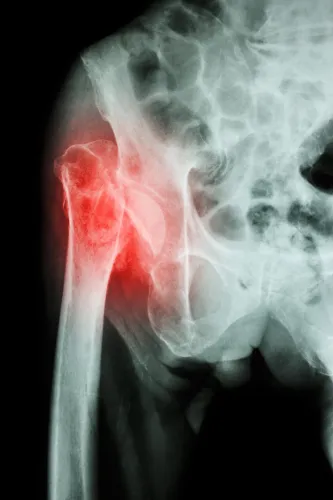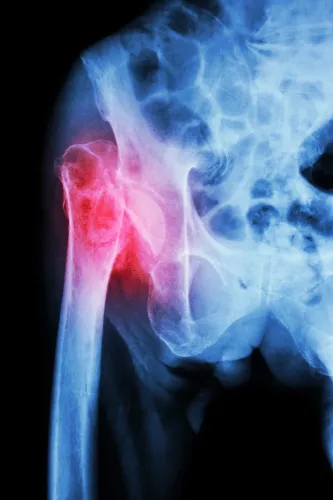2 More Tips Will Hone Your Hip Dislocation Skills

Search beyond trauma codes for spontaneous and post-THR reductions.
CPT® and ICD-9 both offer specific codes depending on the reason for a patient’s hip dislocation. Here’s where to turn when a claim for something other than trauma crosses your desk.
Tip 1: Choose Spontaneous ICD-9 by Type
If the patient has a spontaneous hip dislocation, you should choose among the following codes:
ICD-9: You should choose your ICD-9 code based on the specific type of spontaneous dislocation. For example, for pathologic hip dislocations, ICD-9 instructs you to use 718.25 (Pathological dislocation; pelvic region and thigh). And for congenital dislocation, head to 754.3X (Congenital dislocation of hip). You might also see developmental dislocation of hip (DDH), which you will report with 718.75 (Developmental dislocation of joint pelvic region and thigh). Note that the 754.3X category also includes hip subluxation, which is partial or incomplete dislocation.
Tip 2: Post-THR Dislocation Needs 2 Dx
If the dislocation follows a total hip replacement (THR), you should choose either 27265 (Closed treatment of post hip arthroplasty dislocation; without anesthesia) or 27266 (… requiring regional or general anesthesia). Notice that the 27266 descriptor helpfully explains the types of anesthesia that qualify (regional or general).
ICD-9: The appropriate diagnosis codes for these dislocations are 996.42 (Mechanical complication of internal orthopedic device, implant, and graft; dislocation of prosthetic joint) and V43.64 (Organ or tissue replaced by other means; joint; hip).
Caution: You shouldn’t report another dislocation code (835.0X) in addition to these codes.




